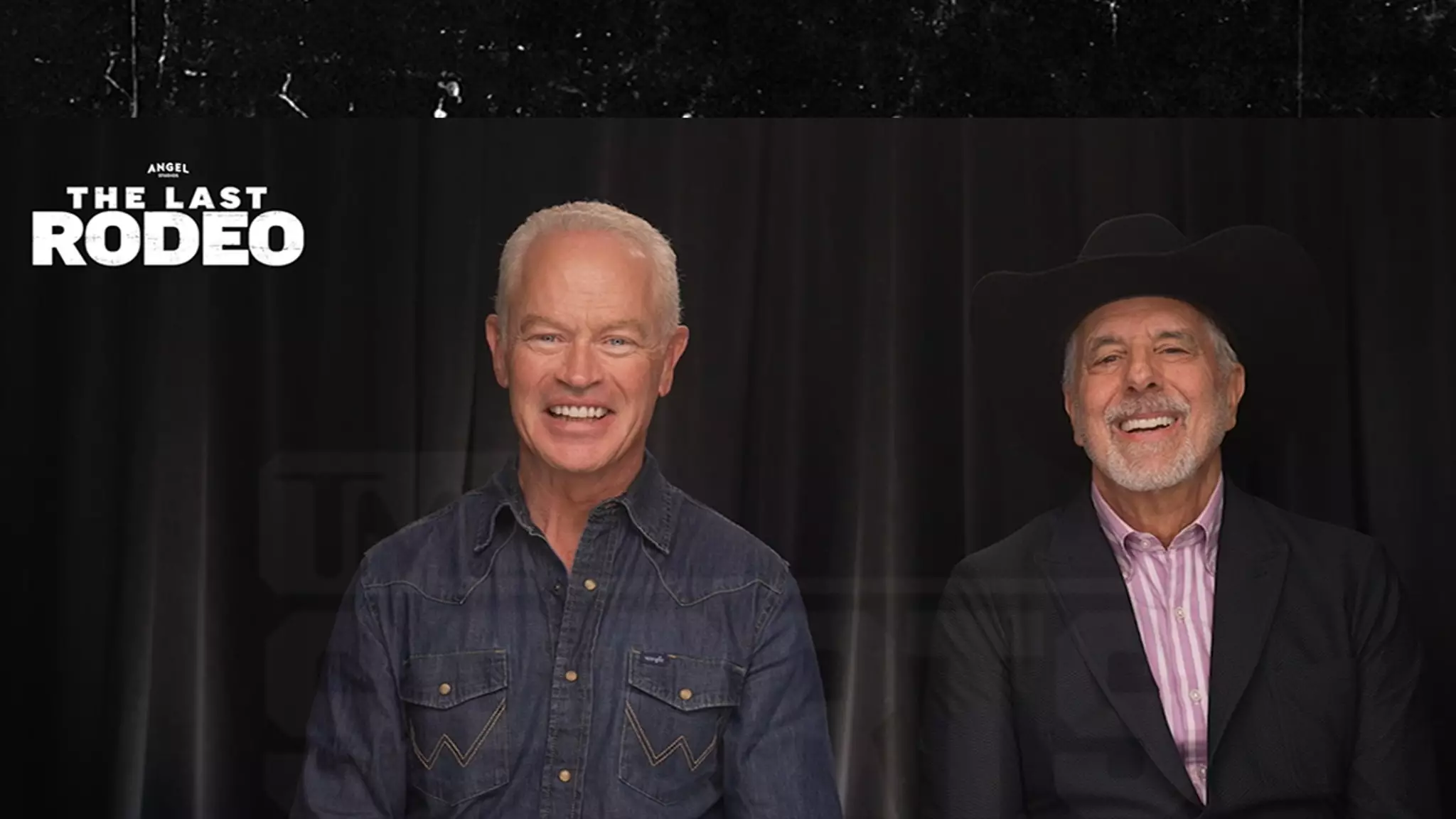Neal McDonough, the veteran actor known for his diverse roles in Hollywood, is pushing the boundaries of age and physicality with his upcoming film, “The Last Rodeo.” Approaching his 60th birthday, he embodies a retired rodeo legend who must confront the brutal realities of his past to support his family. This role is not just another part; it signifies McDonough’s fervent commitment to authenticity in a profession where the stakes are both physical and emotional. To prepare for this character, he undertook extensive training to truly embody the spirit of a bull rider.
The Physical Toll of Transformation
Getting in shape for a physically demanding role is no small feat, especially at an age when most actors are leaning into more sedentary roles. McDonough’s rigorous training regimen included not only conditioning on mechanical bulls but also extensive horseback training, all aimed at sculpting his body to reflect the archetypal rodeo athlete. His determination to deliver a performance that feels genuine shows an admirable level of dedication to both his art and his audience. McDonough laments, “I worked really hard to make sure I was in peak performance physically,” demonstrating that even in the face of impending age, he is not shy about pushing his limits.
Realism and Risk in Filmmaking
Interestingly, as passionate as McDonough is about embracing the role’s physical challenges, there is a certain wisdom in knowing when to pull back. The actor made a conscious decision to steer clear of actual bull riding to avoid jeopardizing production with potential injuries. This cautious yet respectful approach to the risks involved speaks volumes about his professional maturity and understanding of the filmmaking process. Director Jon Avnet supports this stance, acknowledging that protecting the actors is crucial to maintaining project integrity. He notes that “this guy is sadly fearless,” implying that McDonough’s unyielding spirit must be balanced with practical safety considerations.
The Importance of Collaboration
Additionally, the synergy between McDonough and Avnet becomes a foundational component of the film’s overall energy. Their collaboration focuses not just on the production but also on shared experiences that elevate the narrative. From grueling workouts to intimate character-building moments, these behind-the-scenes interactions are essential in crafting a film that resonates. McDonough’s ability to channel his physicality into his performance proves that he views his craft as more than a job; it’s an opportunity to forge lasting memories and connections through storytelling.
It’s clear that McDonough’s journey in “The Last Rodeo” offers insights not just into the life of a rodeo star but also into the essence of what it means to fully commit to a role. The physical toll he willingly accepts, juxtaposed with his awareness of the risks involved, creates a narrative that is as powerful off-screen as it is on. As McDonough continues to break barriers and redefine age norms in Hollywood, audiences can anticipate a robust and heartfelt performance that stands as an inspiring testament to resilience and commitment in the world of film.

